Payments have become a part of our everyday, whether it be businesses paying employees, organisations paying suppliers or customers paying for goods and services. In the UK, we now have more choice available to us when making payments than in any previous generation and payments systems play a vital role in the UK economy. Every week I hear of a new company entering this market, read about organisations securing more funding and see new products & solutions being launched.
In 2018 total payments were £39.3 billion in the UK and this is predicted to go up to £43.3 billion by 2028, of which over 50% of this accounting for card and faster payment methods.
As a former tech marketer myself, I couldn’t help but start thinking; if I was developing marketing strategies in this industry, how would I do it? A simple question, with what felt like a complex answer. Why?
The payments landscape is booming with companies, all at different stages of the lifecycle. Where they sit on this cycle will prescribe what the marketing objectives are and therefore what the priorities are. So, it isn’t as simple as ‘one size fits’ all.
The big banks paved the way in retail and corporate payments with the use of cash, cheques and BACS transfers. These methods have come a long way since they were introduced in terms of technology, yet have seen a dramatic decline in usage in recent years.
Digital technology, increased spending and more global mobility created opportunities for innovation. The newer challenger banks offered more efficient and faster payment methods, which allowed consumers to track and monitor their finances on the go and also offered better rates for international transactions. More recent tech driven companies now offer API and open banking solutions, allowing contactless payments, mobile payment wallets and finance apps which have completely changed the landscape.
It is now predicted that by 2025 over 1/3 of the UK population will have digital-only bank accounts – a 165% increase on the number of people with digital-only accounts today.
I then started wondering…. Have the traditional payment methods offered by the banks become dated and prehistoric? What does that mean for the traditional retail banks? How have challenger banks acquired customers and market share so quickly and how do they stay competitive?
The answer…The Customer!
The big banks did well and grew steadily when there was little or no competition by establishing a strong brand. Now they rely heavily on that brand name to frame new marketing strategies, but are often criticised for not being digitally forward-thinking or aligning to customer voice. They tend to invest heavily in sponsorships, brand diversification and brand improvement …and admittedly they do this very well! Molly Rosedale, Vice President Marketing at Token Inc. comments:
“The one thing that always shocks me is that the banks are still using direct mail and other antiquated marketing channels, whereas a fintech or challenger bank wouldn’t prioritise these in the strategy. Even advertising always astounds me – legacy banks are always taking over the space on tubes, which is getting stale in the best of times and completely ineffective during times like these. I rarely see an ad from a bank in my social media feed.”
Nick Webb, VP Marketing & Product Management for global payments provider Fleetcor, highlights the technology advantages for new entrants;
“Fintech’s are taking on incumbent banks, that have strong brand, heritage and credibility. But they don’t necessarily have the tech stacks that we do! So our focus is on customer experience!”
The new players in the market have taken a different approach. Recognising changing consumer behaviours and needs, they are prioritising the customer. Marketing strategies are underpinned by digital technology ensuring campaigns are focused on positioning, messaging and creating seamless, tailored customer experience. Nick Webb goes on to say;
“Positioning & multi-touch marketing is important and so our priority was looking at how we position ourselves and how do we communicate this to our customers. It is getting more competitive so we need marketing that joins up the customer journey with last-touch attribution. Introducing and integrating marketing technology enables the right content to be shared and ensures warm leads for the sales team”.
Marketing technology is not enough on its own. Identifying the customer journey is only one step to ensuring a flawless customer experience. The tone of voice, the messaging and the use of the right channels is equally as important in order to influence customer habits and end user behaviours. Molly Rosedale adds:
“Comparing the marketing channels that banks and fintechs use is an important part of the strategy. With previous experience of working in the big banks, that have traditionally focused on sponsorships and direct marketing, my approach is grounded in integrated, digital-led activity to drive traffic and qualified leads.”
The more people I speak to the more I hear the same things across the industry. Trust is built through taking a customer first approach, speaking to the customer in the customers’ language and using the right channels to communicate. This will drive acquisitions and support retention, and using Marketing Technology and Digital creativity to deliver this enables success to be measured at every step of the way. As one global marketing leader within the payments sector commented:
“We are putting the customer at the heart. It is important to speak in a language the customers understand, enabling customers to buy what they want however they chose to pay. Ensuring the B2C, B2B & corporate language isn’t muddled and the right channels are being used. ”
Fintech’s have adopted the right blend of commercial awareness with creative marketing to acknowledge customer needs, spend money efficiently ensuring measurable and maximum ROI, and clear market insights to drive customer experience.
Now we are starting to see the incumbent legacy banks beginning to invest in technology and know-how. Some of these brands are already starting to take a customer first approach. Abhishek Khurana, Product Area Lead, Omni Channel Experience at ING confirms:
“ING started looking at a full digital banking solution over 5 years ago, a project I led and launched 2 years ago now. We recognise the fintech’s are creating an instant payment experience. ING are actually doing well when it comes to customer engagement and are taking a digital first approach. We are moving away from segment based marketing and adopting a tailored marketing approach by integrating innovative AI technology into our products which results in hyperactive users. The data collected in turn enables a more automated and personalised experience for the customer. But we still have some way to go…”

Big Banks are investing in acquiring and creating joint ventures with start-up and scale-up fintech’s, giving them access to those technology stacks and know-how. This coupled with their existing brand could mean they may catch up a lot quicker than anticipated.
Whilst there is a lot of uncertainty, one thing is certain – the Payments space is ever evolving and with that change there will be changing approaches to marketing and more emphasis on particular channels which add most value.
Right now, it seems as though everyone wants a slice of the pie …. but who will succeed and who will have to walk away?
tml Partners is an international executive marketing recruitment firm specialising in senior appointments across marketing and corporate communications. Malisha Patel is a leading member of our financial services division, and partners with leading brands across fintech, payments, retail & investment banking and insurance markets – to support the best in class development of in-house Marketing, Communications and Digital expertise.






